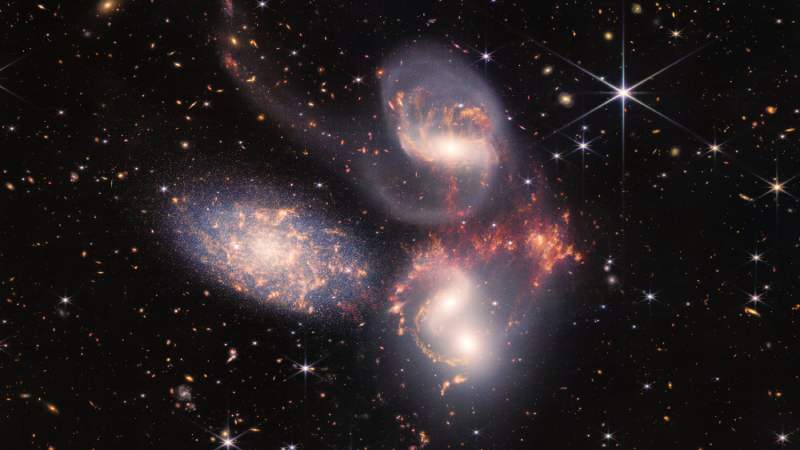
Oxygen was surprisingly abundant in the early Universe, according to new findings from the James Webb Space Telescope. Within 500–700 million years of the universe's creation, oxygen levels in galaxies increased to levels similar to those found in modern galaxies, according to research. This implies that life as we know it today existed much earlier than previously thought.
Only light elements like lithium, helium, and hydrogen were present in the early Universe, soon after the Big Bang. Subsequent nuclear fusion reactions in stars produced heavier elements like oxygen, which were then released into galaxies mostly by means of supernova explosions. Over the course of the universe's long history, this continuous process of element synthesis produced the various elements that make up our world and the living things that surround us.
Using information from the James Webb Space Telescope (JWST), a research team at the National Astronomical Observatory of Japan under the direction of Kimihiko Nakajima measured the oxygen content of 138 galaxies that existed during the first two billion years of the universe. The majority of the galaxies, the team discovered, had oxygen abundances akin to those of contemporary galaxies. However, six of the seven oldest galaxies in the sample—those that existed between 500 and 700 million years ago—had about half the expected amount of oxygen in them.
This quick rise in oxygen content happened earlier than astronomers had predicted. This suggests that life might have emerged earlier than previously believed if the essential components, such as oxygen, had been easily accessible in the early Universe.
Kimihiko Nakajima, Masami Ouchi, Yuki Isobe, Yuichi Harikane, Yechi Zhang, Yoshiaki Ono, Hiroya Umeda, and Masamune Oguri, "JWST Census for the Mass–Metallicity Star Formation Relations at z = 4–10 with Self-consistent Flux Calibration and Proper Metallicity Calibrators," published in The Astrophysical Journal Supplement Series on November 13, 2023.